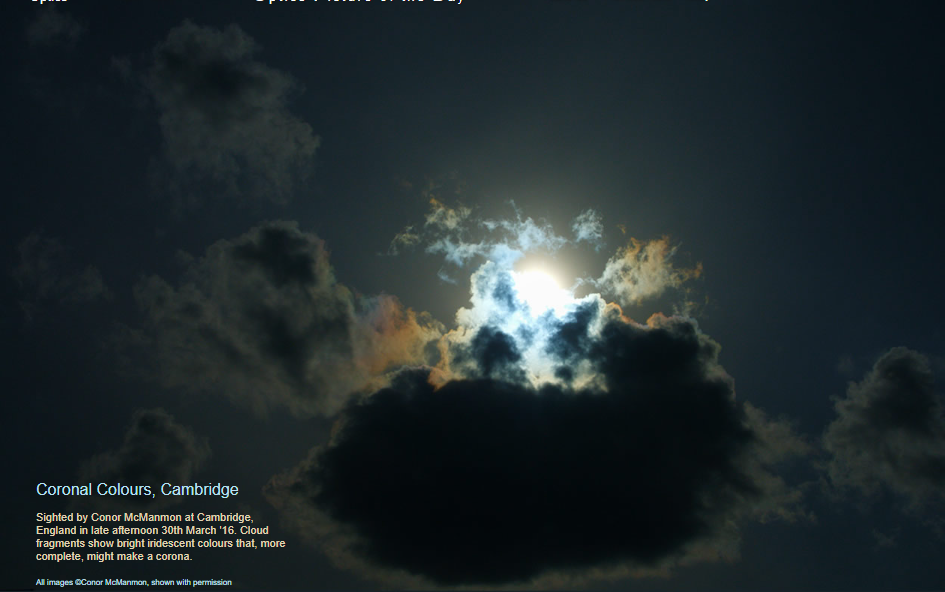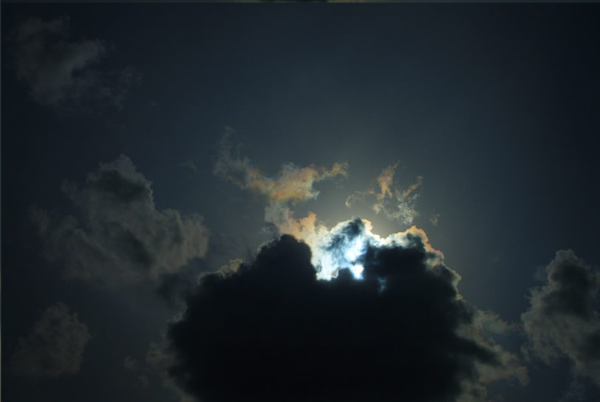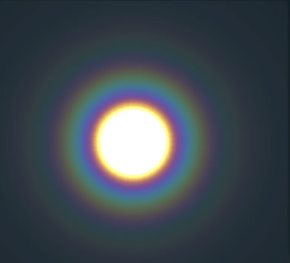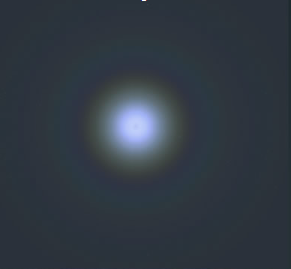Corona and Aureole Colours - OPOD
Corona and Aureole Colours: A Spectacular Display of Atmospheric Optics
Have you ever looked up at the sky and been captivated by the stunning display of colors surrounding the Sun or Moon? These mesmerizing phenomena, known as coronas and aureoles, are a result of light interacting with tiny water droplets or ice crystals in the atmosphere. While coronas are typically seen as a series of colored rings around the Sun or Moon, aureoles refer to the central region of these rings. In this article, we will delve into the fascinating world of corona and aureole colors, exploring their formation and the science behind their breathtaking hues.
A Glimpse into the Colors of the Sky
One fortunate observer, Conor McManmon, captured a remarkable sight in Cambridge, England. On a late afternoon in March 2016, he witnessed cloud fragments displaying vivid iridescent colors that hinted at the presence of a corona. The images he captured showcase the brilliance and beauty of these atmospheric phenomena.
Understanding the Science Behind Corona and Aureole Colors
To better understand the colors observed in coronas and aureoles, scientists employ various techniques, including Mie scattering calculations. These calculations help simulate the interaction of light with particles in the atmosphere, providing insights into the colors produced. In one such calculation using IRIS, the central aureole is intentionally "overexposed" to highlight the intricate rings. Additionally, another plot from the same calculation reveals the central aureole's distinct colors: blue hues at the center transitioning to straw/red shades towards the outer regions. These simulated colors can be compared to Conor McManmon's images, enhancing our understanding of the phenomenon.
The Formation of Corona and Aureole Colors
Corona and aureole colors arise from a process called diffraction, which occurs when light waves encounter obstacles or small particles. When sunlight or moonlight passes through tiny water droplets or ice crystals in the atmosphere, the light waves are diffracted, resulting in the formation of concentric rings. The size and shape of these droplets or crystals determine the size and appearance of the rings, as well as the colors observed. Different colors of light are diffracted at different angles, leading to the distinct hues seen in coronas and aureoles.
Factors Influencing Corona and Aureole Colors
Several factors can influence the colors observed in coronas and aureoles, adding to the complexity and diversity of these atmospheric displays. Some key factors include:
-
Particle Size: The size of the water droplets or ice crystals in the atmosphere directly affects the colors observed. Smaller particles tend to produce more vibrant and saturated colors, while larger particles may result in softer and less distinct hues.
-
Wavelength of Light: The wavelength of light also plays a crucial role in determining the colors seen in coronas and aureoles. Different wavelengths correspond to different colors, with shorter wavelengths associated with blues and violets, and longer wavelengths associated with reds and oranges.
-
Viewing Angle: The angle at which an observer views a corona or aureole can influence the perceived colors. By changing their position, observers may witness variations in the colors and intensity of these atmospheric phenomena.
The Magic of Iridescent Clouds
Iridescent clouds, like those observed by Conor McManmon, are a captivating subset of coronas and aureoles. These clouds exhibit a stunning array of shimmering colors, resembling a painter's palette suspended in the sky. Iridescence occurs when sunlight or moonlight interacts with uniformly-sized water droplets or ice crystals, causing interference and diffraction of light. This interference leads to the dispersion of light into its component colors, resulting in the mesmerizing display of iridescent clouds.
Exploring the Spectral Symphony
The colors seen in coronas and aureoles are not limited to the visible spectrum. Beyond the familiar red, orange, yellow, green, blue, and violet, other wavelengths of light can contribute to the spectral symphony of these atmospheric phenomena. Infrared and ultraviolet wavelengths, although invisible to the human eye, can also play a role in the formation of corona and aureole colors. These unseen colors add an extra layer of complexity to the already enchanting dance of light in the sky.
Unveiling the Beauty of Atmospheric Optics
Coronas and aureoles are just a glimpse into the captivating world of atmospheric optics. These awe-inspiring displays remind us of the intricate interplay between light and the particles suspended in our atmosphere. By exploring the science behind corona and aureole colors, we gain a deeper appreciation for the wonders that surround us every day. So, next time you find yourself gazing at the sky, take a moment to marvel at the enchanting colors and patterns that grace our celestial canvas.

Coronal Colours, Cambridge
Sighted by Conor McManmon at Cambridge, England in late afternoon 30th March '16. Cloud fragments show bright iridescent colours that, more complete, might make a corona.
All images ©Conor McManmon, shown with permission




Upper image: A Mie scattering calculation of a corona using IRIS. The central aureole is 'overexposed' in order to best show the rings.
Lower image: The same calculation but plotted to show the central aureole colours. The aureole centre has blue hues. Its outer regions are straw/red coloured. Compare these with Conor McManmon's images.

Note: this article has been automatically converted from the old site and may not appear as intended. You can find the original article here.
Reference Atmospheric Optics
If you use any of the definitions, information, or data presented on Atmospheric Optics, please copy the link or reference below to properly credit us as the reference source. Thank you!
-
<a href="https://atoptics.co.uk/blog/corona-and-aureole-colours-opod/">Corona and Aureole Colours - OPOD</a>
-
"Corona and Aureole Colours - OPOD". Atmospheric Optics. Accessed on April 18, 2024. https://atoptics.co.uk/blog/corona-and-aureole-colours-opod/.
-
"Corona and Aureole Colours - OPOD". Atmospheric Optics, https://atoptics.co.uk/blog/corona-and-aureole-colours-opod/. Accessed 18 April, 2024
-
Corona and Aureole Colours - OPOD. Atmospheric Optics. Retrieved from https://atoptics.co.uk/blog/corona-and-aureole-colours-opod/.